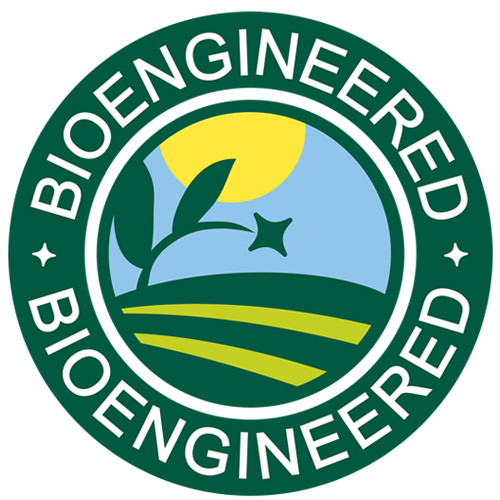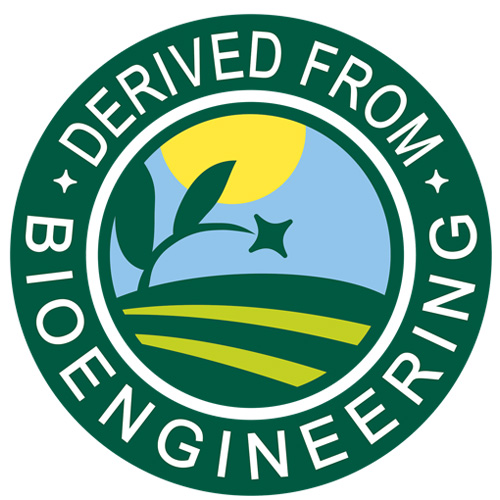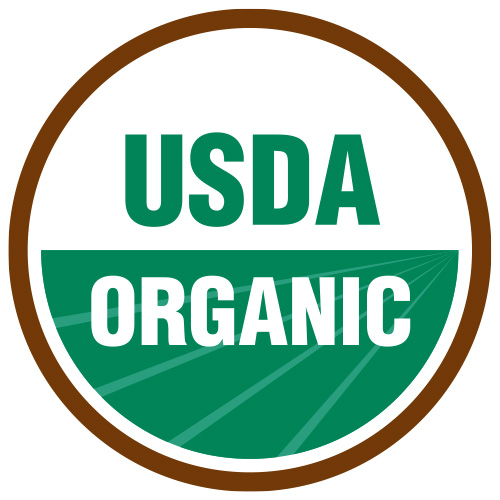
Identifying Bioengineered Foods
Author: be well™ with Big Y® Registered Dietitian Team
Did you know labeling for GMO foods, or bioengineered foods, has changed?
In January 2022, food manufacturers, large and small, began complying with updated regulations from the United States Department of Agriculture (USDA) to identify foods that have either been bioengineered, like papaya, or contain bioengineered ingredients, such as beet sugar. With the National Bioengineered Food Disclosure Standard, a degree of transparency in regards to bioengineered foods is now available for many foods sold in the United States.
What are Bioengineered Foods?

Bioengineered foods, or often referred to as genetically modified organism (GMO) foods, are those that have had their genetic composition altered outside conventional breeding techniques. For example, honey crisp apples are the result of cross pollinating a honeygold apple with a Macoun apple whereas an Arctic™ apple that won’t brown when cut was developed through bioengineering.
Which Bioengineered Foods are currently available?
- Alfalfa
- Arctic™ Apple (non-browning)
- Canola
- Corn
- Cotton
- Eggplant (BARI Bt Begun insect resistant varieties found primarily in Bangladesh)
- Papaya (ringspot virus-resistant varieties)
- Pinkglow™ Pineapple (pink-fleshed varieties)
- Innate® Potato (reduce black spot bruising, free asparagine [acrylamide formation] and sugar)
- New Leaf™ Potato (insect resistant)
- AquAdvantage® Salmon
- Soybean
- Summer Squash
- Sugarbeet
What will consumers see on labels?
There are four ways manufacturers can indicate their product meets the requirements for the National Bioengineered Food Disclosure Standard:

- The words “Contains a bioengineered food ingredient” or “Bioengineered Food” will be listed OR
- The use of either the black and white or colored USDA Agricultural Marketing Service bioengineered symbol OR
- The presence of an electronic or digital link (e.g.: QR Code) OR
- A phone number consumers can text or call for more information.
What does Bioengineered Food labeling mean for consumers?
Although the new labeling helps identify foods containing bioengineered ingredients, you will find foods that won’t be identified as bioengineered for specific reasons under the Standard requirements..
For example, highly refined foods that come from a bioengineered food and bioengineered ingredients that do not contain enough detectable modified genetic material are not required to be labeled as a bioengineered food. Neither are foods in which meat, poultry or eggs are the first ingredient or second ingredient after stock, broth or water¹.
This means a mixed-ingredient food, like crackers, could very well have ingredients from a bioengineered source, but the quantity may be too low to detect. Or a mixed-ingredient food like frozen beef enchiladas won’t require labeling.

NOTE: Some manufacturers may add a voluntary disclosure statement that their ingredients are derived from bioengineering but they are not required to do so.
What does this mean for YOU?

Both the National Academy of Sciences and the U.S. Food and Drug Administration (FDA) support the safety and efficacy of consuming bioengineered foods.
That said, many shoppers still search out bioengineer-free foods. Even with this recent update, you will still find foods free of detectable modified genetic material simply by shopping foods certified organic by the USDA or verified to be bioengineer-free from the non-profit Non-GMO Project.
Want to learn more about Bioengineered Foods?

Visit the FDA “How GMOs Are Regulated for Food and Plant Safety in the United States” webpage or ask our registered dietitian team.
1 United States Department of Agriculture. BE Fact Sheet: National Bioengineered Food Disclosure Standard. July 2019. Accessed on March 28, 2022. https://www.ams.usda.gov/sites/default/files/media/BEFactSheet.pdf.
Published 4/18/2022


